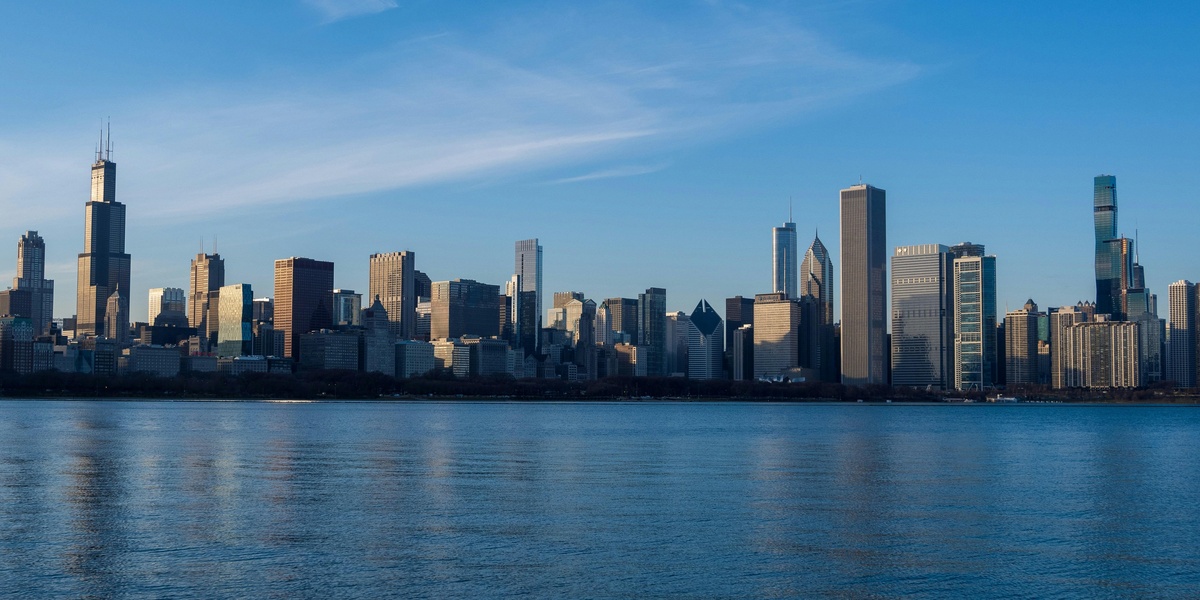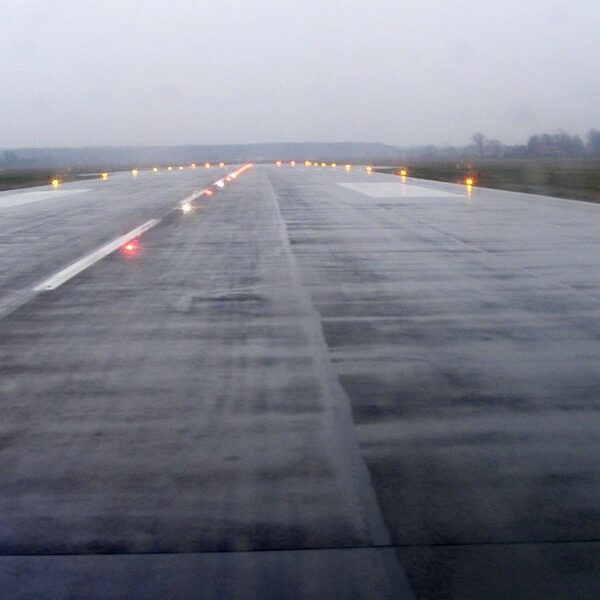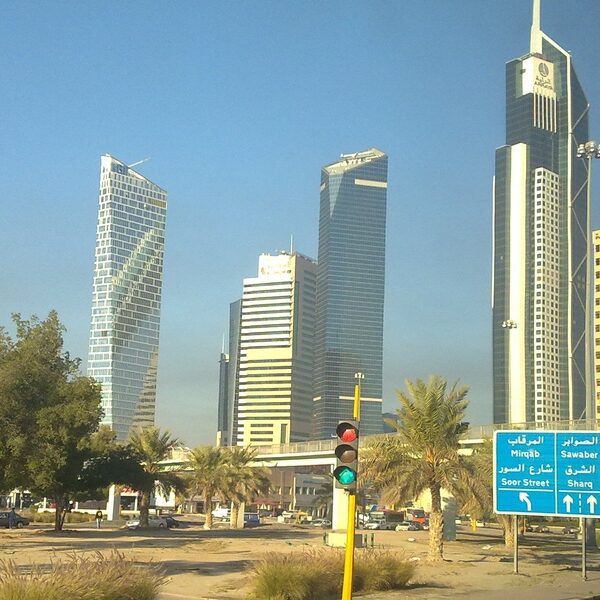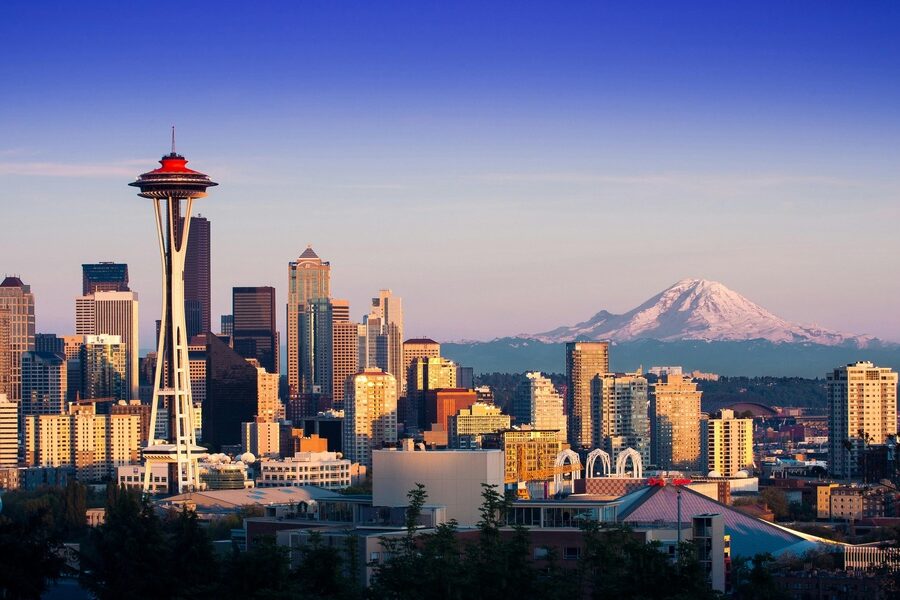When the Illinois and Michigan Canal opened in 1848 it helped make Illinois a transportation and trade hub—a role that still shapes daily life across the state.
That transportation legacy shows up today in job centers, a major airport, and supply chains that tie Chicago to the rest of the country. The state has roughly 12.8 million residents, with Chicago around 2.7 million, and those concentrations matter when you think about work, culture and services. Pros and cons of living in Illinois depend a lot on whether you prize career opportunity and cultural amenities or prefer lower taxes and milder winters.
This piece lays out five clear advantages and five drawbacks. Each numbered item includes evidence, real-world implications and concrete examples so you can weigh what matters most for your next move.
Economic and Career Advantages
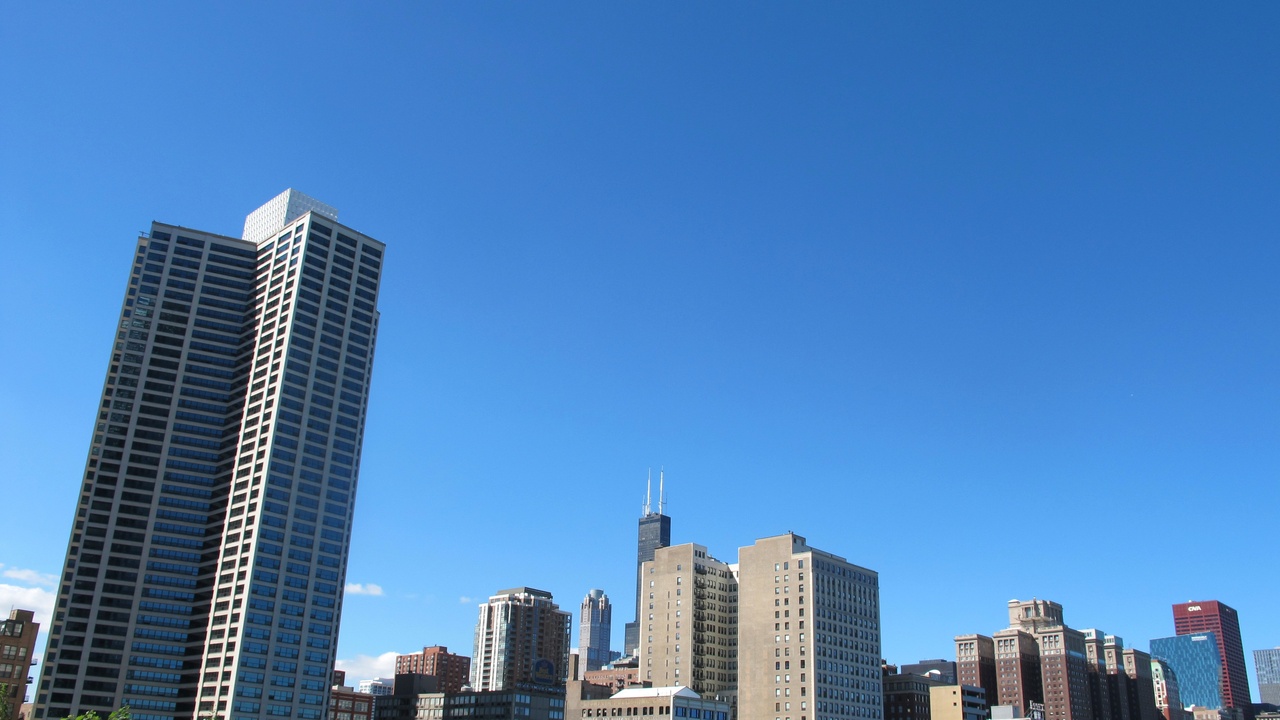
1. Strong job market in Chicago and nearby metros
Chicago and its suburbs host a large share of Illinois’ corporate headquarters and professional jobs, which makes it easier to find career moves without relocating far from family or networks.
The region is home to many Fortune 500 and national headquarters including Boeing, Walgreens Boots Alliance, AbbVie and State Farm, and major financial firms like JPMorgan Chase have significant Chicago operations. Healthcare systems such as Northwestern Medicine and Advocate Aurora also hire thousands across clinical and administrative roles.
That concentration translates into higher starting salaries for some fields and more mid-career pivot options — for example, a software engineer in Chicago can move between fintech, health tech and startup roles without a costly relocation.
2. Central transportation and logistics hub
Illinois’ central location makes it a natural logistics center for national distribution, which creates steady demand for warehousing, trucking and freight-related occupations.
Chicago O’Hare is one of the nation’s busiest airports for both passengers and air cargo, and major freight rail yards and interstates (I-55, I-80, I-90) intersect the state. That infrastructure shortens shipping times and gives manufacturers and e-commerce firms a cost advantage.
Practically, that means plentiful entry-level logistics jobs, growth in fulfillment centers around Joliet and Elgin, and strong demand for supply-chain professionals in the region.
3. Diverse economy: manufacturing, agriculture and a budding tech scene
Illinois isn’t a one-industry state: manufacturing, agriculture and higher-education-driven tech all contribute to a resilient employment base.
Manufacturing hubs remain active in Peoria and Decatur with companies like Caterpillar and a cluster of industrial suppliers. Central and southern Illinois support extensive farms and equipment suppliers, including long-standing ties to John Deere and related agribusiness.
Research universities such as the University of Illinois Urbana-Champaign and Northwestern feed startups and skilled labor pools. UIUC’s tech transfer and incubator activity helps create local software and hardware firms, giving STEM graduates options beyond the coasts.
Culture, Education, and Healthcare

4. Rich cultural scene and diverse dining
Chicago anchors a cultural ecosystem that few inland U.S. cities can match — museums, theaters and restaurants supply nearly endless weekend options.
The Art Institute of Chicago, the Lyric Opera and the Chicago Theatre host world-class exhibitions and performances, while festivals like Taste of Chicago draw hundreds of thousands of attendees annually. Neighborhoods from Pilsen to Chinatown offer authentic ethnic dining and small-business vibrancy.
For newcomers, that cultural density means easy social life-building, year-round events for families, and a tourist economy that supports hospitality and retail jobs on a local level.
5. Strong universities and world-class healthcare
Top-tier universities and hospitals are a major draw for families and professionals seeking quality services and continuing-education options.
Universities such as the University of Illinois Urbana-Champaign, Northwestern and the University of Chicago enroll tens of thousands of students and report significant research expenditures, fueling local startup activity and high-skilled job creation. Medical centers like Northwestern Memorial, Rush and Loyola provide specialty care and medical research jobs.
The everyday impact: access to advanced medical treatment within reasonable distance, graduate and professional education opportunities, and a pipeline of research talent for local employers.
Cost, Climate and Urban Issues
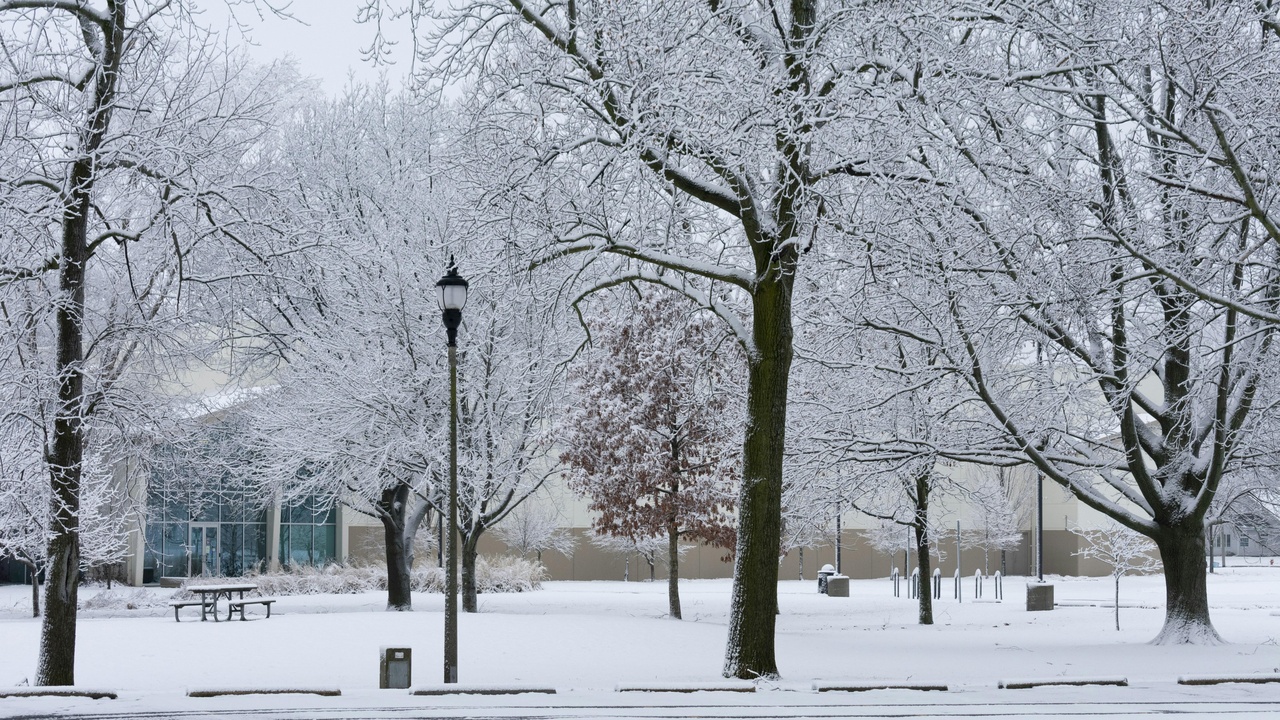
6. High property taxes and local cost pressures
Property taxes are a frequent complaint among homeowners; Illinois often ranks near the top nationally for property tax burdens, and county-level differences are pronounced.
Cook County and many collar counties levy comparatively high property taxes that can offset higher salaries in the Chicago area. For someone choosing between a $350,000 house in a higher-tax suburb and a cheaper home further out, the tax bill often shifts the calculus on commute time and monthly affordability.
Retirees, in particular, weigh tax exposure against local services — schools, public works and parks — when deciding where to buy, and many compare county tax rates closely before committing.
7. Harsh winters and weather-related costs
Winters in much of Illinois are long and occasionally severe, which adds both nuisance and expense for households.
Chicago averages roughly 30–40 inches of snow per season with periodic cold snaps that raise heating bills, require snow removal, and force winter car maintenance. Families face school closures and commute delays during storms.
Those seasonal costs show up in budgets and in lifestyle choices: some people prefer downstate or suburban locations to reduce shoveling and salt-related car wear, even if that means a longer commute to work.
8. Congestion, long commutes, and infrastructure strain
Traffic and commute times can be lengthy, especially on expressways approaching downtown Chicago and on commuter rail lines during peak hours.
Typical Chicago-area commutes are longer than the national average, and bottlenecks on I-90/94 and inbound Metra and CTA trains add daily time costs. That lost time influences decisions about whether to live in the city, a nearby suburb, or farther out where housing is cheaper.
Public transit helps many residents, but coverage gaps and occasional reliability issues mean families often balance transit proximity against school quality and safety when choosing neighborhoods.
Politics, Fiscal Challenges, and Safety
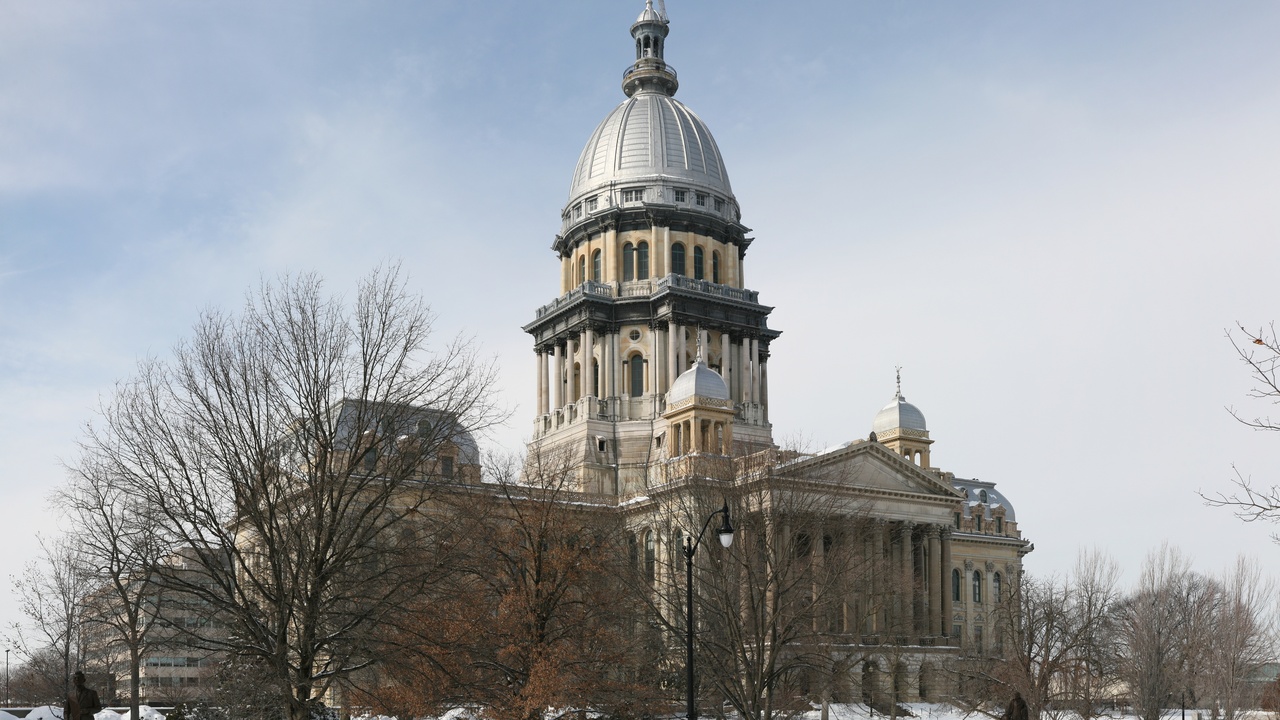
9. State fiscal issues and the tax environment
Illinois’ long-running pension funding challenges and periodic budget standoffs have real implications for services and tax policy.
Those statewide fiscal pressures tend to surface in debates over tax rates and local aid, and they can lead to policy shifts that affect municipal budgets for schools, public safety and infrastructure. Businesses and residents often watch budget decisions closely because they can change effective tax burdens or service levels.
For anyone planning a long-term move, fiscal uncertainty is a factor: it shapes property tax trajectories, municipal fees and the ability of local governments to invest in neighborhoods.
10. Crime variation and urban–suburban disparities
Public-safety experiences vary dramatically across the state; some Chicago neighborhoods face elevated violent-crime rates while many suburbs and downstate towns are very safe.
That variation influences housing prices, school choice and daily routines. A family choosing between a high-amenity lower-crime suburb and a trendy city neighborhood will weigh commute, taxes and safety together when making an offer.
Using official city or FBI-aggregated crime data when comparing neighborhoods pays off: small differences in block-level safety can translate into major lifestyle and insurance-cost differences.
Summary
- Illinois pairs strong job markets, logistics advantages and top-tier universities and hospitals with notable trade-offs: taxes, winters and neighborhood disparities.
- Decisions hinge on priorities — career growth and cultural amenities often pull toward Chicago and its suburbs; lower taxes and milder weather push some people to downstate locations.
- Do the homework: visit Chicago and at least one suburb, check county property tax rates, and run commute-time scenarios for potential jobs and schools.
- Balance quality-of-life factors against financial reality: calculate total housing costs (taxes, heating, insurance) and consider safety and school data for the neighborhoods you’re weighing.

